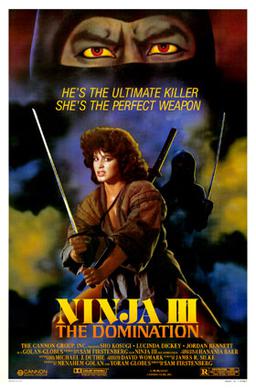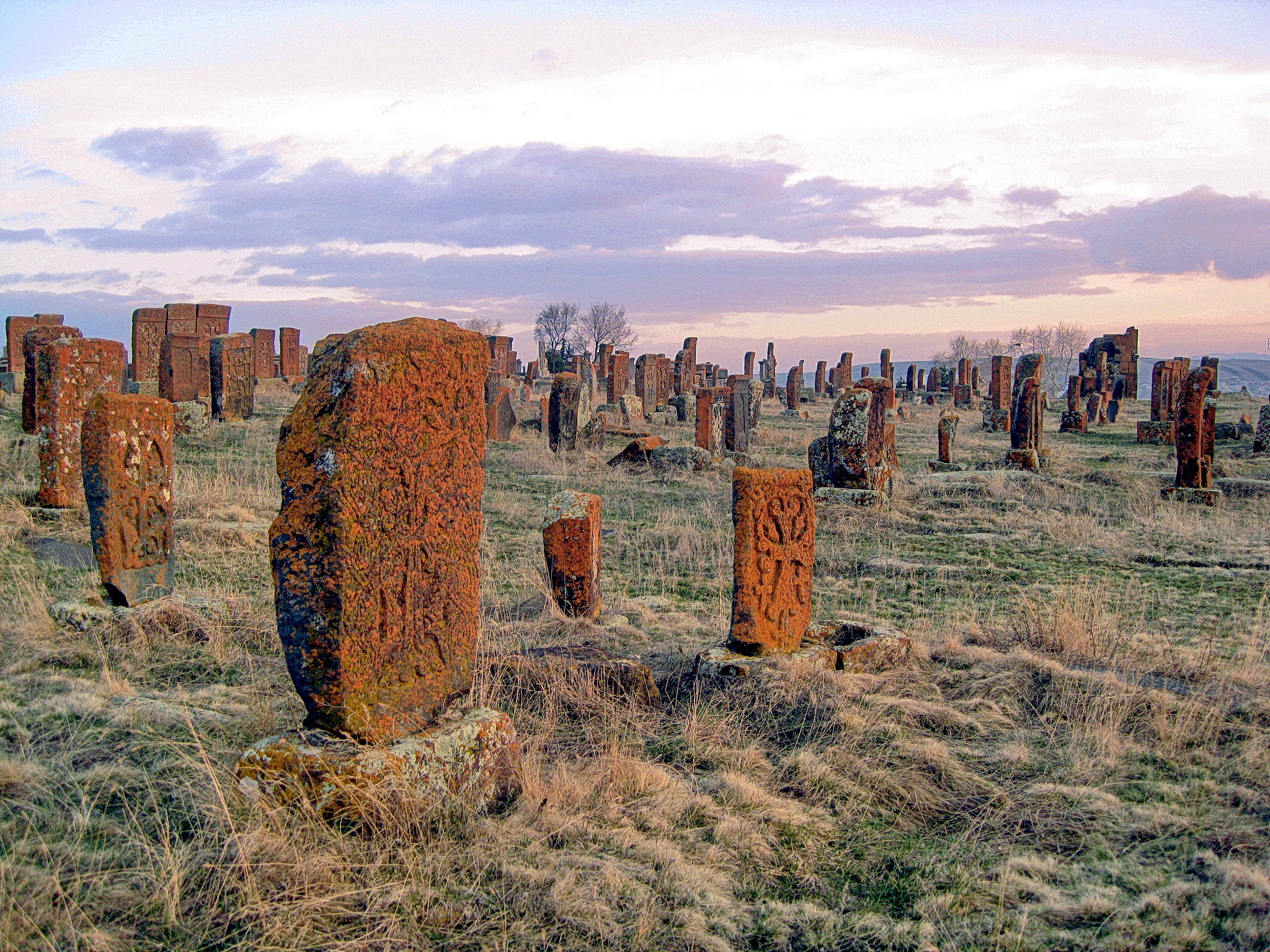So, it's been a couple years since I started this blog, and with the first public playtest of my rules set, Sorcery & Steel, under my belt, I thought it would be a good time to look back and see how S&S matches up thus far to my stated Design Philosophy.
As I mentioned earlier, with Sorcery & Steel, I want to create an "Old School" (e.g., traditional GM authority, player skill over character skill, Combat as War, etc.) rules set that combines "enough" interesting tactical options with also "reasonably" fast speed of play (i.e., a rules set that achieves Old School-style Tactical Depth at relatively low cost in terms of Complexity). Here, "enough" and "reasonably" reflect my opinion and YMMV.
Overall, I'm pretty satisfied with how Sorcery & Steel is coming along. In order to be an Old School game with both tactical depth and streamlined gameplay, I front-loaded a lot of the mechanical crunch, especially into Character Creation/Character Advancement. However, as one of my players put it, once you finish making a PC and understand the basic gist of the game, it generally runs very smoothly.
Also, speaking of Character Creation/Character Advancement, I adopted both random roll and point buy elements, since I believe that Character Classes are good from a design POV in that they provide players with an easy guide to how to conceptualize and to how play their PC, but I wanted a bit more flexibility. The end result is more of Archetype-style PCs, where the player has an overall direction for the character but still has plenty of room to customize to suit.
In addition to the above design goals, I want S&S to able to handle Swords & Sorcery-flavored adventures and adventures where Investigation is a key component. In terms of the former, I think S&S is okay at Swords & Sorcery in terms of gritty, lower-powered fantasy (e.g., I lowered and flattered the power curve) but I did stay away from some classic Swords & Sorcery tropes (e.g., all sorcerers are evil).
In terms of the latter, S&S is inspired, in part, by the seminal work in the field of Investigation-based RPGs, Call of Cthulhu. CoC's mechanics are rock solid, remaining largely unchanged through seven editions and nearly four decades. Unsurprisingly, given the CoC inspiration, Horror, particularly Lovecraftian Horror, also provides a good deal of flavor to my rules set and has worked out pretty well in actual play.
However, while the basic building blocks seem to be in place, there's still plenty of tweaking and refining to do. For example, I just completed the first major overhaul to Character Creation/Character Advancement, boosting a bit the power of starting characters.
加油!
As I mentioned earlier, with Sorcery & Steel, I want to create an "Old School" (e.g., traditional GM authority, player skill over character skill, Combat as War, etc.) rules set that combines "enough" interesting tactical options with also "reasonably" fast speed of play (i.e., a rules set that achieves Old School-style Tactical Depth at relatively low cost in terms of Complexity). Here, "enough" and "reasonably" reflect my opinion and YMMV.
Overall, I'm pretty satisfied with how Sorcery & Steel is coming along. In order to be an Old School game with both tactical depth and streamlined gameplay, I front-loaded a lot of the mechanical crunch, especially into Character Creation/Character Advancement. However, as one of my players put it, once you finish making a PC and understand the basic gist of the game, it generally runs very smoothly.
Also, speaking of Character Creation/Character Advancement, I adopted both random roll and point buy elements, since I believe that Character Classes are good from a design POV in that they provide players with an easy guide to how to conceptualize and to how play their PC, but I wanted a bit more flexibility. The end result is more of Archetype-style PCs, where the player has an overall direction for the character but still has plenty of room to customize to suit.
In addition to the above design goals, I want S&S to able to handle Swords & Sorcery-flavored adventures and adventures where Investigation is a key component. In terms of the former, I think S&S is okay at Swords & Sorcery in terms of gritty, lower-powered fantasy (e.g., I lowered and flattered the power curve) but I did stay away from some classic Swords & Sorcery tropes (e.g., all sorcerers are evil).
In terms of the latter, S&S is inspired, in part, by the seminal work in the field of Investigation-based RPGs, Call of Cthulhu. CoC's mechanics are rock solid, remaining largely unchanged through seven editions and nearly four decades. Unsurprisingly, given the CoC inspiration, Horror, particularly Lovecraftian Horror, also provides a good deal of flavor to my rules set and has worked out pretty well in actual play.
However, while the basic building blocks seem to be in place, there's still plenty of tweaking and refining to do. For example, I just completed the first major overhaul to Character Creation/Character Advancement, boosting a bit the power of starting characters.
加油!


















